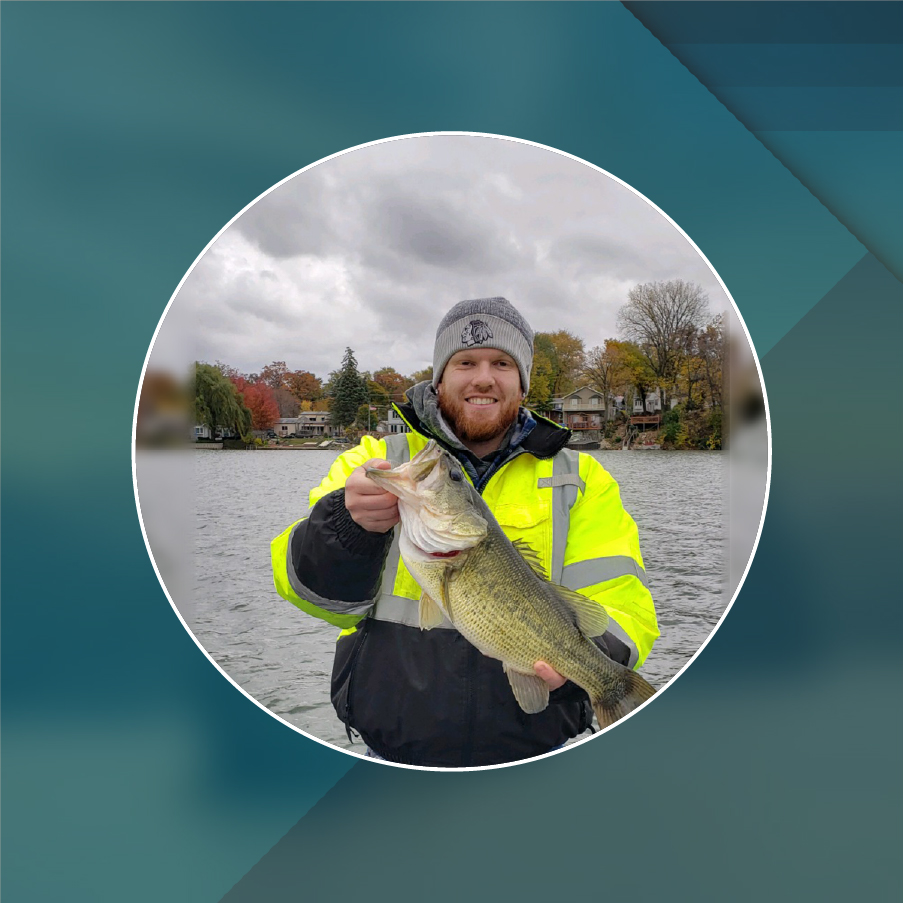
Bass fishing is more than just a hobby for many—it’s a passion, a sport, and an art form. To those who fervently pursue bass fishing, it represents a continuous challenge and a rewarding experience. But what separates a casual angler from a successful bass fisherman? Here, we uncover the secrets seasoned pros share to help you elevate your bass fishing game.
Understanding Bass Behavior
One of the primary keys to successful bass fishing is understanding bass behavior. Bass are not random in their habits; they follow patterns based on the environment, time of day, and season.
Seasonal Patterns: Bass behavior changes with the seasons. In spring, bass are in pre-spawn and spawn modes, making them more aggressive and accessible to catch. They move to shallow waters, seeking warmer temperatures and preparing for breeding. During summer, bass often retreat to deeper, calmer waters during the day, becoming more active in the early morning and late evening. Fall sees bass feeding heavily in preparation for winter, while in winter, they become sluggish and move to the deepest, warmest waters they can find.
Daily Activity: Bass are also influenced by daily cycles. Dawn and dusk are typically the most productive times for fishing, as bass are more active during these low-light periods. Midday can be less productive, especially in the summer heat when bass seeks calmer, deeper waters.
Choosing the Right Equipment
The right equipment is essential for anglers to improve their bass fishing skills. This includes selecting the suitable rods, reels, and lines tailored for bass fishing.
Rods and Reels: A medium-heavy rod with fast action is a versatile choice, suitable for various techniques, from jigging to casting lures. Pair it with a high-quality baitcasting reel, which offers better control and accuracy than spinning reels.
Fishing Line: Choosing the right line can significantly impact your success. Monofilament lines are versatile and suitable for topwater lures, while fluorocarbon lines are less visible underwater, making them ideal for clear water conditions. Braided lines offer strength and sensitivity, making them perfect for heavy cover.
Mastering Lure Selection
Lure selection is another critical aspect of successful bass fishing. Different lures work best under specific conditions and for different types of bass.
Topwater Lures are highly effective during low-light conditions and in the warmer months. They mimic the movement of surface prey like insects and small fish, attracting aggressive strikes from bass.
Crankbaits: Ideal for quickly covering large areas of water, crankbaits are designed to mimic the swimming action of baitfish. They are particularly effective in the spring and fall when the bass feeds heavily.
Soft Plastics: Versatile and practical year-round, soft plastics can be rigged in various ways to mimic a range of prey. Worms, creature baits, and swimbaits are popular choices that can be fished in numerous conditions and styles.
Jigs: Jigs are perfect for fishing in heavy cover or along the bottom. They can imitate crawfish or other bottom-dwelling prey and are particularly effective during pre-spawn.
Techniques and Presentation
Presentation is everything in bass fishing. How you present your lure can be the difference between a successful day on the water and going home empty-handed.
Slow and Steady: A slow and steady retrieve can be more effective when the water is cold or the bass is less active. This approach gives the bass time to react and strike.
Erratic Movements: Mimicking the erratic movements of injured prey can trigger a bass’s predatory instincts. This technique works well with jerk baits and crankbaits.
Flipping and Pitching: Flipping and pitching techniques allow you to place your lure precisely where bass are hiding when fishing in heavy cover. These techniques are instrumental in dense vegetation or around structures like docks and fallen trees.
Adapting to Conditions
The best bass anglers are those who can adapt to changing conditions. Weather, water clarity, and temperature are crucial in determining bass behavior.
Weather Changes: Overcast days can be more productive as bass are more likely to roam and feed aggressively. Conversely, bright sunny days might require you to fish deeper or seek shaded areas where bass are hiding.
Water Clarity: Natural-colored lures that mimic the local forage are typically more effective in clear water. In murky water, bright or dark-colored lures that create strong silhouettes and vibrations can attract bass more easily.
Temperature: Water temperature can dictate bass activity levels. Understanding how bass reacts to different temperatures helps you adjust your tactics. Warmer temperatures generally mean more active bass, while colder temperatures require slower presentations.
Learning from the Pros
Seasoned bass fishing pros emphasize the importance of continual learning and adaptation. Attend fishing seminars, read articles, watch videos, and practice consistently. Joining a local fishing club or participating in tournaments can provide valuable experience and insights.
Bass fishing success comes from knowledge, skill, and adaptability. Understanding bass behavior, choosing the right equipment, mastering lure selection, refining your techniques, and adapting to conditions can significantly improve your chances of landing that trophy bass. Use these tips from seasoned pros on your next fishing trip to experience the thrill and satisfaction of successful bass fishing.